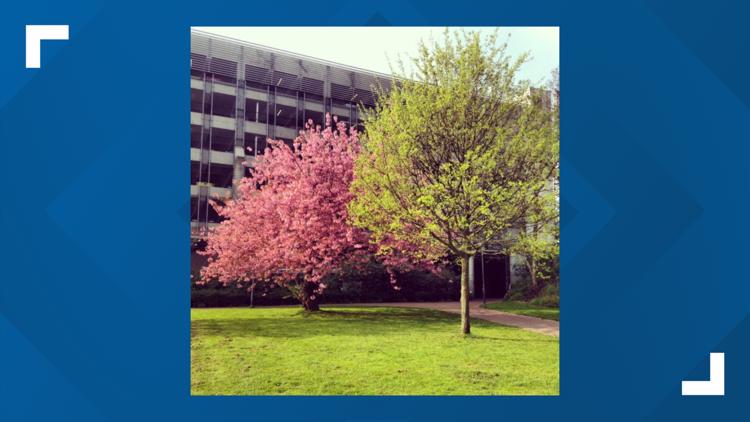The world might look a little greener on Friday.
That’s because it’s National Arbor Day, which people celebrate by planting elms, oaks, pines and basically any type of tree they can get their hands on.
Here’s a brief look at how this day of tree appreciation came to be.
It literally means tree day
The Latin word for tree is arbor. True to its name, Arbor Day celebrates the preservation and planting of trees.
Arbor Day started in Nebraska
Nebraska was the first state in the US to observe it as a formal holiday in 1872. However, the Arbor Day Foundation says “tree planting festivals are as old as civilization.”
In 1872, Julius Sterling Morton, a newspaper editor and former US secretary of agriculture, submitted a resolution to Nebraska’s State Board of Agriculture to set aside one day dedicated to planting trees. After the board passed the resolution, more than one million trees were planted on the first official celebration of the day on April 10, 1872.
In 1885, Nebraska moved the holiday to April 22 in honor of Morton’s birthday. The event eventually spread to all 50 states and other countries, including Australia, Brazil and Canada.
Nixon recognized it as a holiday
In 1972, former President Richard Nixon declared National Arbor Day to be celebrated on the last Friday in April. However, some states have designated different dates to ensure the trees are planted at the best time for growth.
“The planting of trees is an action that yields a long-range benefit on generations to come,” Nixon, who created the Environmental Protection Agency, wrote in his proclamation. “Arbor Day uniquely symbolizes the truth that the earth belongs to every generation, not just ours.”
Trees offer tons of benefits
Morton and his wife sought to plant trees in Nebraska to increase the amount of shade from the hot prairie sun. Trees also served as windbreaks, fuel and building materials.
Today, trees provide wildlife habitat, erosion control and natural beauty, the Arbor Day Foundation says.
In addition, they offer huge benefits when it comes to absorbing atmospheric carbon dioxide, which is the main driver of climate change.



